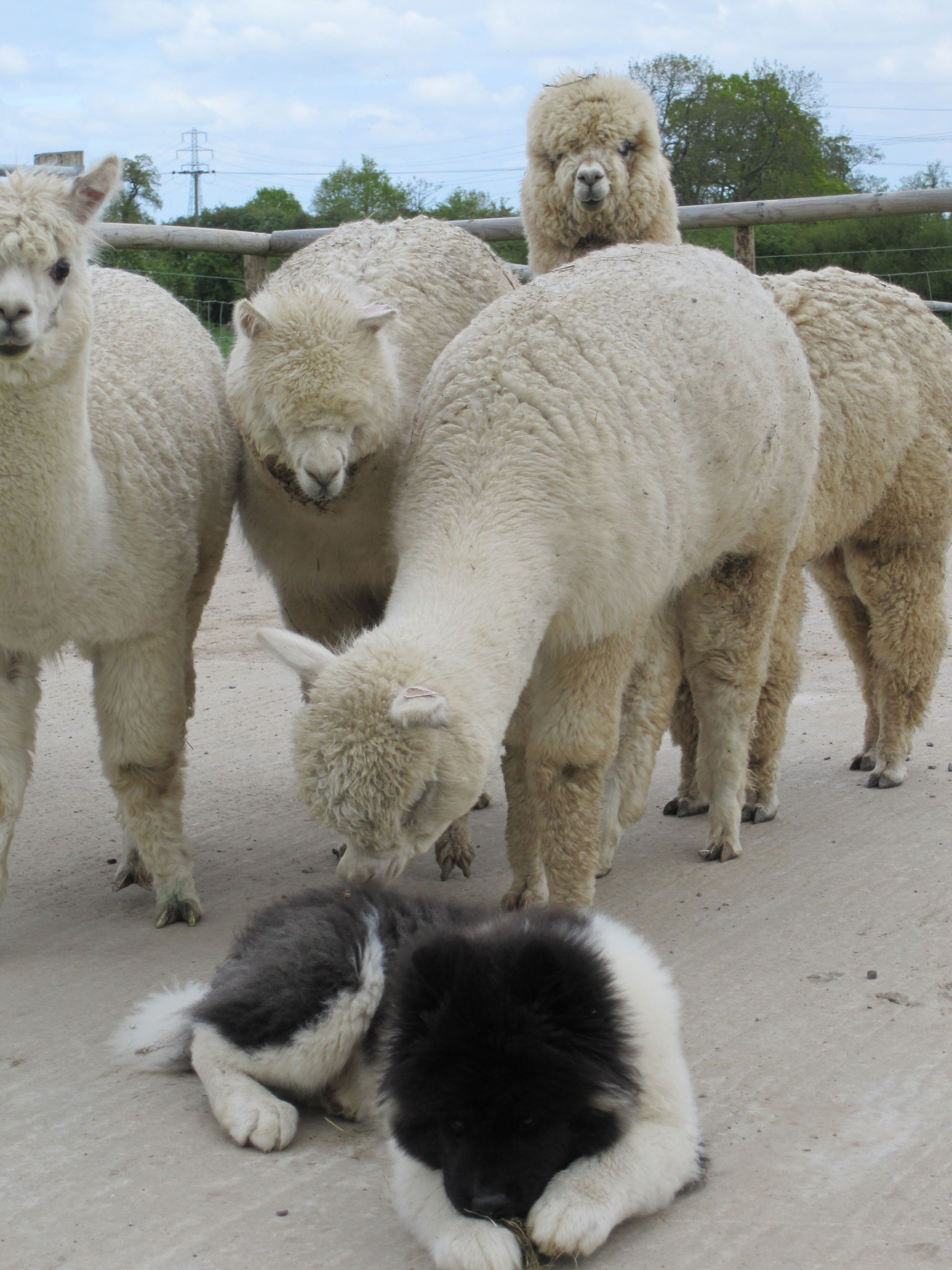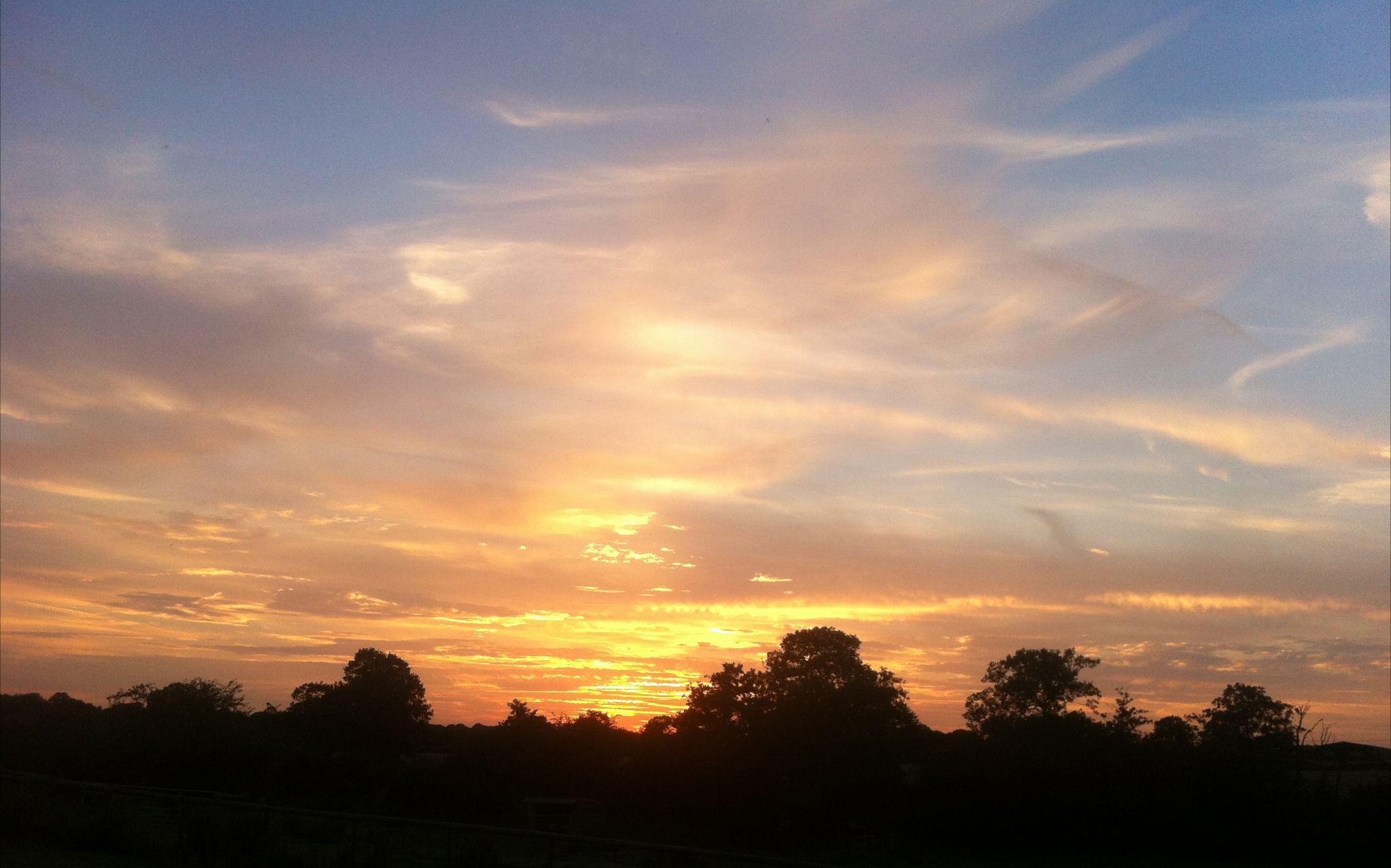What are Alpacas?
Alpacas are members of the Camelid family, originating from the South American Andes. They are reared for their exceptional fibre which is soft, lightweight and lustrous, second only to silk for strength, comparable to cashmere for luxury and more durable than both. It is thermally efficient and does not pill like cashmere. It is also much more acceptable on the skin for those with an allergy to wool. Before the Spanish conquest, the Incas referred to the fleece as the “Fibre of the Gods” and only Inca royalty were allowed to wear this luxurious fibre upon pain of death.
There are 22 natural shades of alpaca from a true rich blue black, through chocolate brown and russet, as well as various shades of grey, honey and fawn, to a light champagne and finally pure white. The fibre can be spun by hand or machine and will take natural or synthetic dyes. Each alpaca will produce 2-3 kilos of textile quality fibre which will typically have fineness in the range 18 – 28 microns.
Alpacas were domesticated, from the vicuna, around 6,000 years ago by the Incas and the valuable fibre they produced became known as 'The Fibre of the Gods' and 'The Gold of the Andes'. The Inca's bred superb, very fine fleeced alpacas before the arrival of the Spanish, who slaughtered most of the alpacas in order to make way for sheep and obliterate the Inca economy. Both llamas and alpacas played a pivotal role in the society of the Incas. The llamas were bred as beasts of burden and alpacas for their fibre.
Alpacas are found high in the altiplano of Peru, Chile and Boliva. At 4-5,000 metres above sea level the environment is very harsh with widely fluctuating temperatures and very poor grazing. The alpaca has become uniquely adapted to this environment, and as a result tends to thrive in the UK.
How long do alpacas live?
Alpacas have a lifespan of about 20 years.
How big are they?
Alpacas weigh about 45 to 70 kg and stand about 36'' tall at the withers. Cria babies weigh about 6 to 8 kg at birth.
How many kinds of alpacas are there?
There are two just two distinct types of alpacas. The only significant difference between them is in the appearance of the fleece. The most common type is the 'Huacaya', which has relatively straight, dense and "fluffy" fleece, which grows out from the body, this gives it a "Teddy Bear" look. All the alpacas at Faerie Tale Farm are huacayas. The 'Suri' alpaca is rarer, and has a fleece with long, curly, lustrous locks that hang straight down, rather like a Wensleydale sheep.
How do alpacas communicate?
They have a designated pecking order and communicate with each other by body posture employing ear, body and tail movements, coupled with a variety of soft humming sounds. Alpacas also can emit a shrill alarm sound, if they spot something scary like a fox or strange dog. Alpacas may occasionally cluck with their tongue to express disapproval. Male alpacas make a unique sound, called orgling, when they mate. Each noise conveys something, from a gentle humming between mother and cria to establish where everyone is, to a loud squeal/cry to intimidate others at the feed trough. Like all animals, they will sometimes have squabbles amongst themselves, which they will express either by spitting or occasionally kicking.


